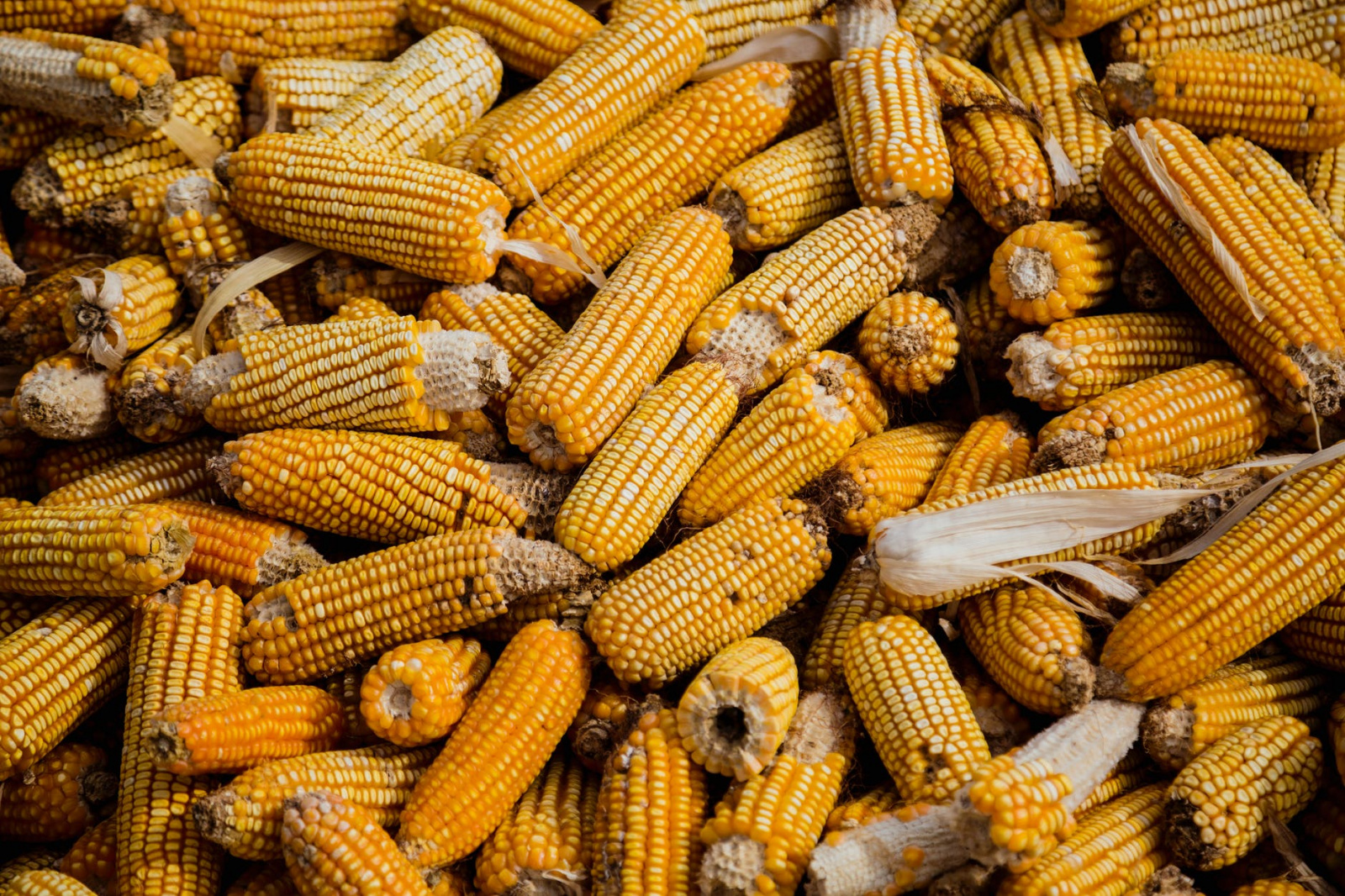top of mind news
- Romaine Lettuce Recall: CDC Issues Order E. Coli Fears
- The 7 Sizzling Cities to Open a Restaurant
- A Minimum Wage War Brews for Restaurants
- Why Investing in the Community Pays Off for Restaurants
- How To Retain Quality Beverage Talent In Your Restaurant
THE FARM
Poultry
Chicken production has been active, with young chickens slaughtered for the week ending November 16th being up 5.5% from a year ago. Coupled with continually heavier bird weights, ready-to-cook (RTC) chicken output during the past six weeks has ballooned to 7.1% larger than year ago. But, expectations for escalating export interest may absorb these larger broiler supplies going into 2020. China has agreed to begin accepting U.S. chicken imports for the first time since 2010. Dark meat and offal items are the likely candidates for demand increases, but the whole bird may see added interest as well. Still, chicken output forecasts should satisfy these added demand needs.
Beef
Beef output last week exceeded expectations leading up to this Thanksgiving week, and packers were busy selling beef at a discount to limit outstanding supplies. The largest price losses continue to emanate from the middle meats, but the end cuts and grinds are still supported and may continue so into year’s end. In the trim and grinds complex, imported lean beef trim prices continue to rise, with imported 90’s reaching record highs. But, anticipate better imports of lean beef in the near term to slow the recent price hike. Yet, upside price risk for the beef trim markets could be present in 2020 on solid global demand.
Pork
Pork production last week continued its record pace at .5% over the week prior, and recent slaughter data for October revealed a record monthly production total of 2.606 billion pounds produced which was 6.4% better than the previous year. Amid larger slaughter schedules, the USDA pork cutout value continues to price nearly 20% over a year ago. Still large price swings are being noted across the hams and bellies. Seasonally, the ham market is due for a downside price correction, but pork bellies are likely to move mostly sideways from now into next year.
THE SEA
Seafood
Most shrimp markets are near or modestly above 2018 levels. U.S. shrimp imports during September were 1.1% less than the previous year but were up 1.1% from January through September (year-over-year). The U.S. dollar continues to be firm against several seafood trade foreign currencies which should encourage shrimp imports during the winter. This factor should limit any notable price hikes for shrimp prices in the coming weeks.
THE GARDEN
Produce
The iceberg lettuce markets usually experience downside pressure during December, but this year’s price declines could be tempered due in part to a recent E. Coli event of Romaine lettuce in California. The tomato crops are transitioning southward in the east and west which occurs before the winter weather arrives. Since 2014, large mature green tomato prices averaged 12.3% higher in December compared to the average in November. Avocado imports from Mexico this season (Oct through May) are expected to be 6% better than last year. This factor should keep avocado prices below year ago inflated price levels.
THE KITCHEN SINK
Dairy
The cheese markets have shown some seasonally weakness but are still expensive for November due to solid demand. Per the USDA, October 31st cheese stocks were 2.3% less than the prior month and 2.4% smaller than a year ago. Since 2014, cheese block prices averaged 10.6% lower in December versus the average in November. But this year’s seasonal price decline for cheese may be tempered due to more expensive nonfat dry milk prices. Spot butter prices this week were the lowest in three years. Butter supplies at the end of October were 2.8% more than the prior year. Some butter buying may be considered.
Grains
As of last week only 84% of the U.S. corn harvest was completed which is behind the five-year average (for the week) of 96%. Yet, corn futures have failed to mount any notable move higher this fall despite the ongoing weather challenges. Still, nearby corn futures since 2014 have averaged 4.1% higher in December versus November.
Oil
CME diesel fuel futures have been range bound over the last several weeks. Per the EIA, the most recent weekly national average retail diesel fuel price was $3.066/gal., 6% cheaper than a year ago. Diesel fuel prices are usually lower in December.














